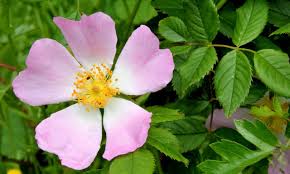Ever wandered through a woodland glade and thought: what’s that strange flower? What’s that bird chirping away? Identifying flora and fauna is a lost art, one I’m learning to acquire, and luckily there are plenty of apps to use when you’re stuck in the middle of nowhere and desperately want to know what some plant is (though if you can get 4G then you’re probably not remote enough).
Here’s a short guide focusing on what flora to look out for in woodlands and how to identify common species. Let’s do this by season.
Spring: the best time to be in a woodland. Bluebells, birds building nests, everything growing green again after the cold months. The first pilgrims are the bluebells, which emerge and carpet ancient woodlands between late April and throughout May. Swiftly following the bluebell comes the early purple orchid, usually between April and June. Also look out for wood anemone, foxglove and, of course, nettles.

Summer: as the Spring bulbs and flowers die down they are overcome by honeysuckle, dog rose, and enchanter’s nightshade.



Autumn: my favourite season because of the colour, because of the dying. The leaves of trees take on red, orange and brown shades and slowly drop, covering the ground in those crisp leaves that we all love to walk through. I get all cosy just thinking about it! In woodlands some flowers like honeysuckle continue to bloom through the autumn, but also we see ivy flowers, providing one last drink of nectar for all those bees entering their hibernation.
Winter: the holly berries and mistletoe of Christmas time are so evocative and familiar but actually most of us probably don’t go for enough walks in woodlands in the winter to notice them. In January, snowdrops are the first to rear their tentative heads, and snow leads to gold as the lesser celandine emerge with their bright gold star-shaped flowers.
There’s so much happening out there if you just stop and look but it’s so difficult to identify flora if you don’t know what you’re looking for. Here are some of the apps I find helpful in getting me to know my local woodland patch. I could do a whole other post on useful apps for nature lovers so maybe I just might do that.
Plantifier: upload a photo and the community will identify
NatureGate: and all rounder for flora and fauna in nature
iPlfanzen: rather than photos, you describe a plant according to their options.







